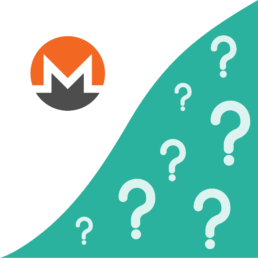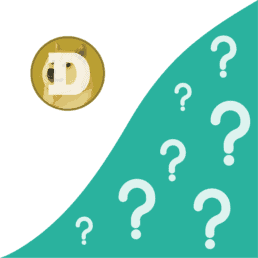What is Chainlink?
The team at ChainLink worked out how to ensure information could flow in and out of a blockchain in a manner that remains secure, trustworthy and decentralised. This allows the connection of ‘smart contracts’ on the blockchain with real world data, effectively bridging the gap between the blockchain platform and the outside world.
Smart contracts require trustworthy real-world data that do not pose any harm to the blockchain’s security. ChainLink doesn’t have a single point of failure as it incorporates a network of nodes (computers) to validate the data on its blockchain.
The currency used on the ChainLink platform is called LINK. LINK tokens have a limited supply of one billion. This means once one billion LINK tokens have been mined there will be no more – helping to maintain and hold value.
Why can't smart contracts access real-world data?
Smart contracts are pre-defined, immutable programs that drive the function of various applications that run on the blockchain platform.
A secure money transfer is a good example to demonstrate one of the many uses of a smart contract. A smart contract containing a passcode could be created to transfer funds into your friend’s account if that specific passcode is received. If anyone tampers with the contract, the funds would automatically return to your account meaning the transfer of funds is intrinsically secure.
One of the major limitations of smart contracts that often comes up in discussion is that they can’t access real world data from the outside world, stock prices for example. ChainLink bridges this gap by acting as a ‘data oracle’, providing real-world data to the smart contracts.
How does ChainLink work?
The ChainLink network operates on the principle of ‘data providers’ and ‘data purchasers’.
This ‘Request-Event-Response’ mechanism means when a purchaser requests some data, the request is converted into a ChainLink event. Data providers then bid for the event, followed by a ChainLink algorithm selecting a provider or a group of providers (as defined in the smart contract). The selected provider aggregates data from real-world sources and ChainLink’s reputation system verifies the correctness of the data and aggregates the result. The correct data is fed to the smart contract and the validators are incentivised with LINK tokens.
Security mechanism
Blockchain networks can be compromised if falsified, or if tampered data enters a blockchain environment. ChainLink has a comprehensive three-step security measures to prevent this, including:
- Distribution of data sources
- Distribution of oracles
- Use of trusted hardware.
By prioritising these three principles, ChainLink creates a secure and robust bridge between the blockchain and the real-world data.
ChainLink is trusted by many industry leaders, ChainLink’s partners include Synthetix, SWIFT, Google and many more.
Learn more about cryptocurrency
What is Bitcoin?
What is crypto
What is Ethereum?
What is crypto
What is Cryptocurrency?
What is crypto
What is a Blockchain?
What is crypto
What is Money?
What is crypto
What is DeFi?
What is crypto
What is a Whitepaper?
What is crypto
What is an ERC-20 Token?
What is crypto
What is Proof of Stake?
What is crypto
What is Proof of Work?
What is crypto
What is Stellar?
What is crypto
What is Tezos?
What is crypto
What is a Stablecoin?
What is crypto
What is Litecoin?
What is crypto
What is Cardano?
What is crypto
What is NEO?
What is crypto
What is Monero?
What is crypto
What is Bitcoin Cash?
What is crypto
What is Polkadot?
What is crypto
What is Basic Attention Token?
What is crypto
What is Solana?
What is crypto
What is Binance Coin?
What is crypto
What is Dogecoin?
What is crypto
What is a Bitcoin ETF?
What is crypto
What is a NFT?
What is crypto
Sign up to our newsletter
What is cryptocurrency?
Where to buy cryptocurrency?
How to buy cryptocurrency?
Manage cryptocurrency
Disclaimer
Our publications do not offer investment advice and nothing in them should be construed as investment advice. Our publications provide information and education for investors who can make their investment decisions without advice. The information contained in our publications is not, and should not be read as, an offer or recommendation to buy or sell or a solicitation of an offer or recommendation to buy or sell any cryptocurrency. Prices of cryptocurrency may go down as well as up and you may not get back the original amount invested. You should not buy cryptocurrency with money you cannot afford to lose. To see our full disclaimer click here.

























